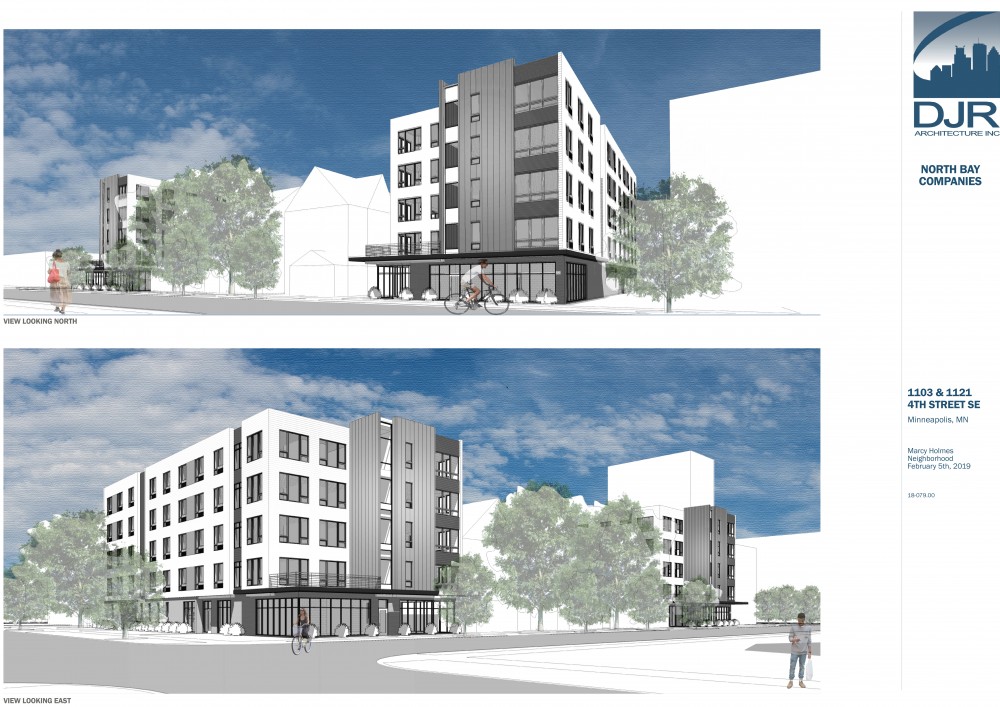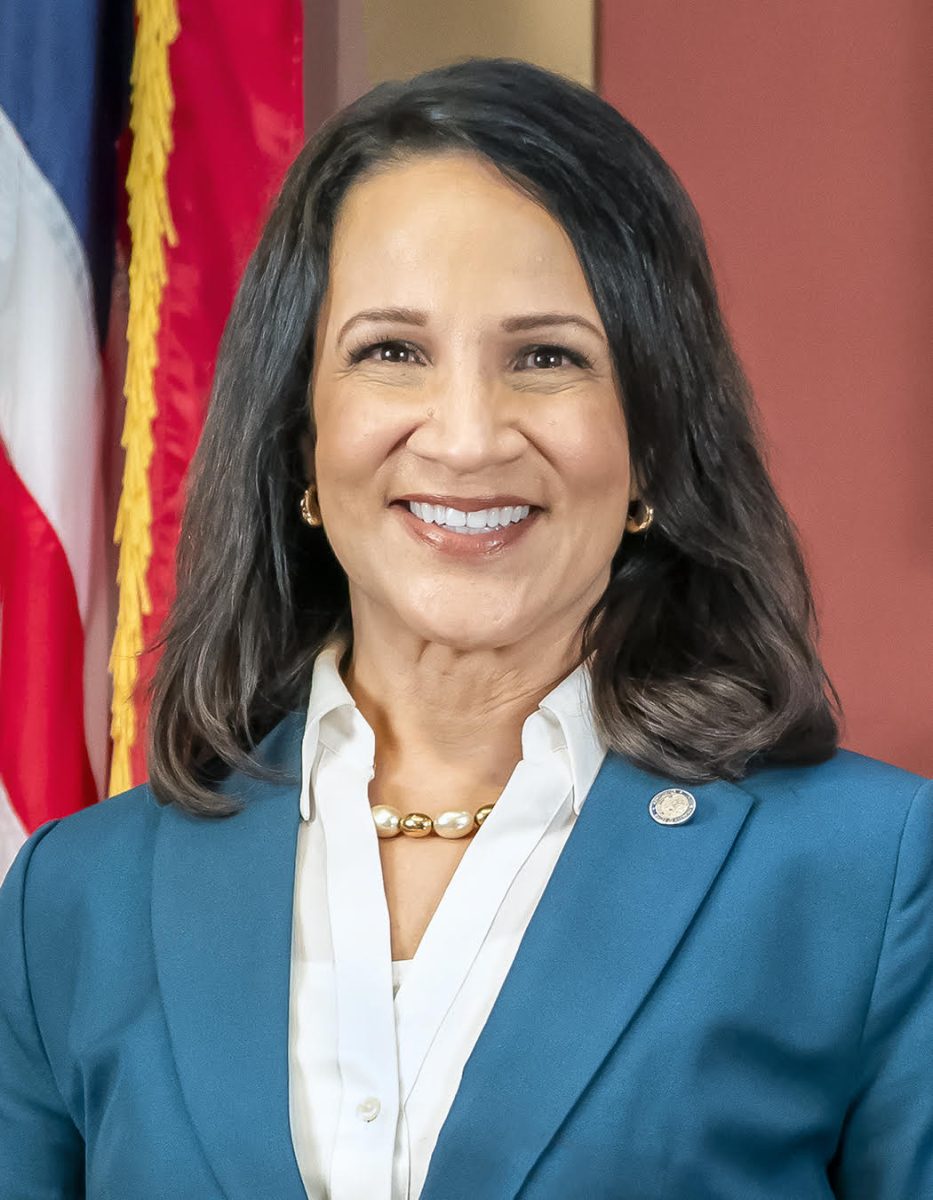The latest developments in the Marcy-Holmes neighborhood include single-occupancy, micro-units.
DJR Architecture Inc. and North Bay Companies presented two potential micro-unit apartments in Dinkytown to the Marcy-Holmes Neighborhood Association’s land use committee Tuesday. The two 72-unit apartments would be located at 1103 and 1121 4th St. SE. There are currently four houses at the developments’ addresses.
Micro-apartments, or small single-room units, see high demand in student areas, said Scott Nelson, principal director of architecture with DJR. He said while the building isn’t restricted, he expects most of the tenants to be students.
“There’s a lot of folks, students or otherwise, that would like to have their own place — their own four walls, their own bathroom, kitchenette — yet still have the opportunity to socialize with neighbors,” he said.
Grant Simons, Minnesota Student Association governmental and legislative affairs coordinator for local advocacy, said three- and four-bedroom apartments are more cost-effective because students can split the price.
“I am not the biggest fan of [micro-units] personally,” Simons said. “I don’t know that many people that want their own small space … especially on 4th Street where there’s so many people.”
Marcy Holmes Land Use and Development Chair Marcus Mills said while the project’s occupancy will benefit the area, he worries the design is too similar to other nearby developments.
“I look at density as a general positive, trying to achieve greater kind of living conditions for everybody, and density usually allows for … a lot of people to be capable of enjoying various amenities around the city. So it usually helps.”
Mills said a project with an unoriginal design won’t generate community enthusiasm despite its advantages.
“My only issue is, make a worthwhile and interesting project. It helps the businesses … it gives the residents a sense of pride in the building. It does so much for the neighborhood,” he said.
The project’s next step is the City planning commission this spring, with construction ideally beginning in June, Nelson said. A 12-month construction period puts the project completion into the summer of 2020.








